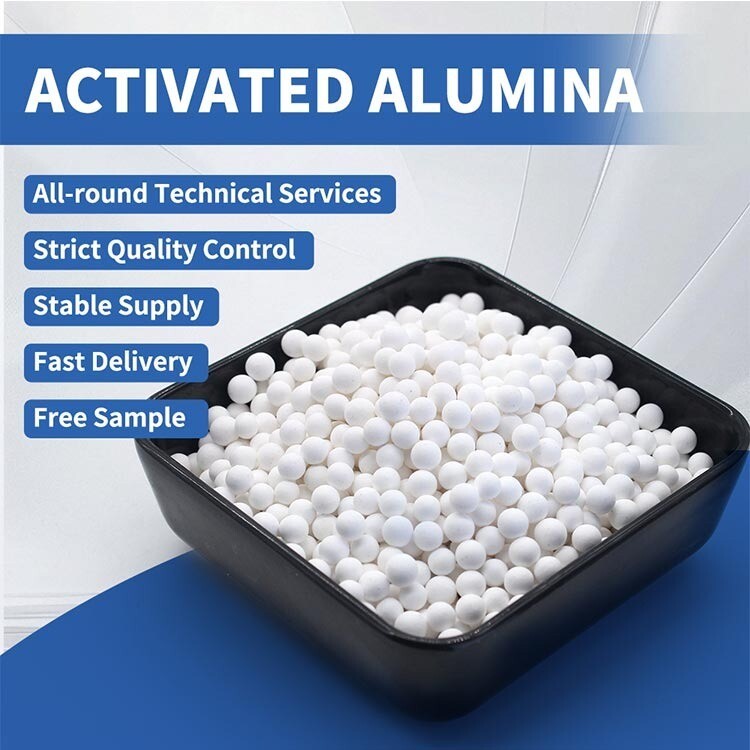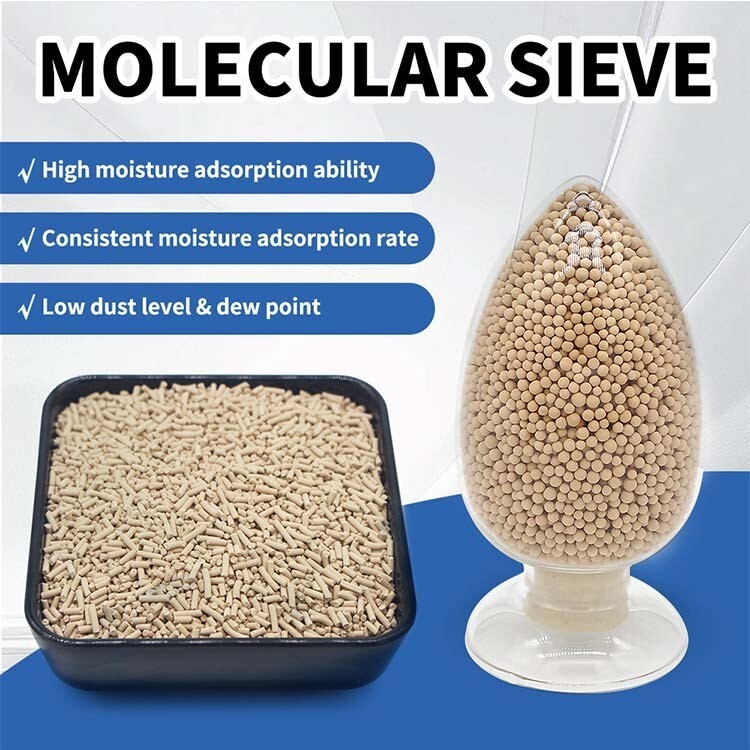Introduction
In the world of industrial gas drying, two adsorbents dominate the landscape: Activated Alumina and Molecular Sieve. While both are excellent desiccants, selecting the wrong one can lead to unnecessary operational costs, inadequate performance, or even process failure. This isn't just a question of "which is better?"—it's about matching the adsorbent's inherent properties to your specific process requirements. This guide provides a strategic framework to make that critical choice with confidence.
1. The Contenders: A Tale of Two Mechanisms
Before comparing, it's crucial to understand how they work.
Activated Alumina (Al₂O₃): A highly porous form of aluminum oxide with a tremendous, but polydisperse, surface area. It dries gases through surface adsorption and capillary condensation, exhibiting a strong affinity for water.
Molecular Sieve (Zeolites): A crystalline aluminosilicate with a uniform, molecular-sized pore structure. It dries gases through selective adsorption, literally acting as a "sieve" that traps molecules small enough to enter its pores, excluding larger ones.
2. The Decision Matrix: Key Performance Factors
Here is a direct comparison across the most critical parameters for gas drying.
3. Application-Based Selection: Making the Right Call
Use this flowchart to guide your selection:
Scenario 1: Compressed Air Drying (Heatless Regenerative Dryers)
Recommended Choice: A Layered Bed.
Reasoning: Here, the strengths of both adsorbents are combined. The inlet layer is Activated Alumina, which handles the bulk of the water removal and protects the downstream layer from mechanical and chemical stress. The outlet layer is Molecular Sieve, which polishes the gas to an extremely low dew point. This hybrid approach maximizes efficiency and extends the life of the more expensive Molecular Sieve.
Scenario 2: Drying Hydrocarbon Streams (Natural Gas, Olefins)
Recommended Choice: Molecular Sieve.
Reasoning: Molecular Sieves (like 3A or 4A) are uniquely capable of selectively adsorbing water molecules while excluding heavier hydrocarbon molecules. This prevents the co-adsorption of valuable hydrocarbons, which would lead to product loss and inefficient regeneration.


Scenario 3: Drying Corrosive or Aggressive Gases (HCl, CO₂, SO₂)
Recommended Choice: Activated Alumina.
Reasoning: Its inherent acid resistance ensures long-term stability and performance without degrading into the gas stream. Using a Molecular Sieve in this application would quickly destroy its crystalline structure.
Conclusion: It's About Synergy, Not Just Substitution
The choice between Activated Alumina and Molecular Sieve is rarely a simple binary one. The most sophisticated drying systems often leverage the strengths of both:
Use Activated Alumina as a robust, cost-effective workhorse for bulk water removal and pre-drying.
Use Molecular Sieve as a precision tool for final polishing to ultra-low dew points and selective protection.
By understanding their core characteristics and applying this strategic framework, you can optimize your capital expenditure, minimize operating costs, and ensure the reliability of your gas drying process for years to come.
Can't find what you're looking for ?
Leave a Message we will call you back quickly!
Get in Touch
*We respect your confidentiality and all information are protected.
